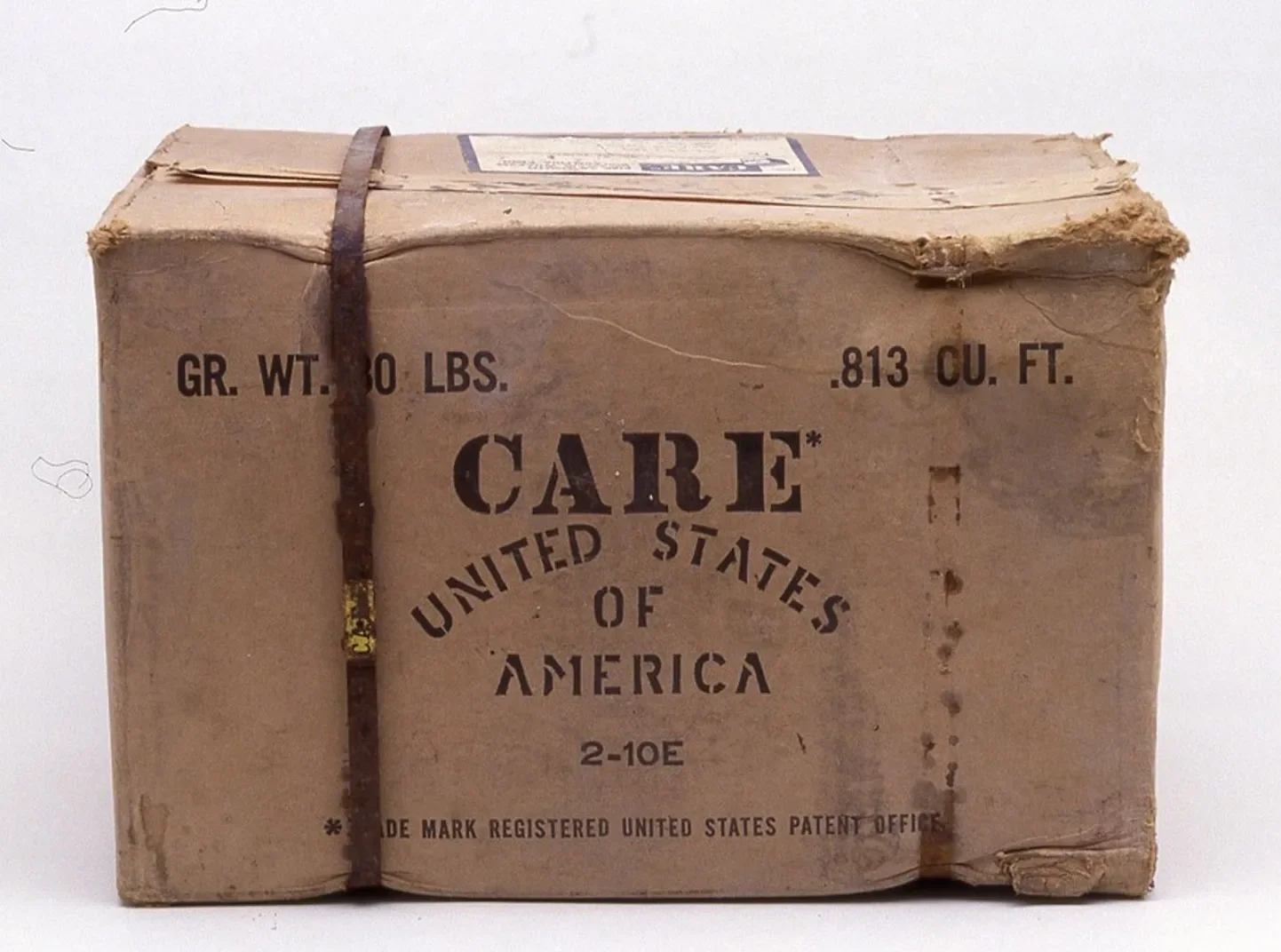“The IPC analysis underscores how the protracted crisis in Haiti is deepening and spreading. In 2014, only 2 percent of Haiti’s population was food insecure. Today, that number has spiked to half the population” said Martin Dickler, CARE’s Country Director in Haiti.
“And this is increasing the vulnerability of women and girls. As heads of households, women are often left to manage the family daily survival alone,” Dickler added. “Women and girls suffer disproportionately because they often face greater obstacles to access food and livelihoods. And women in Haiti are also navigating a society with extremely high levels of violence against women and girls, including sexual violence, which creates enormous risks in daily life. Moreover, armed violence has forced many educational institutions to shut down, which means girls are out of school and increasingly at risk of exploitation.”
One area of the country that has seen a shocking rise in displacement and hunger is the central region, where insecurity has forced large numbers of people to flee in recent days. The International Organization for Migration estimated that between March 31, 2025 and April 3, 2025, more than 31,000 people have been forced to flee, especially from the towns of Mirebalais and Saut-d’Eau. That number has increased since then due to continued violence. This adds to the more than one million Haitians who have already been displaced within the country, most of whom from Port-au-Prince.
Speaking to a CARE team member outside the town of Mirebalais, *Marie – a mother of two taking refuge from the violence in the hills above the city – said: “It’s been seven days since I had to flee my home with my children. We’re sleeping under the open sky exposed to the elements. There’s nothing left to sell or buy. We drink from puddles. It feels like we’ve gone back to a primitive time.”
“Hunger is getting worse,” said a local community leader in Mirebalais. “Women have no means of livelihood. It’s a silent crisis that keeps on advancing.”
This rapid large-scale displacement in the central region, caused by armed attacks, has disrupted supply chains, crippled the economy, destroyed food markets, and cut off access to clean water. The latest IPC analysis also points to rising commodity prices across the country and an inflation rate of 30 percent in February, amidst declining household incomes. All of this severely limits people’s ability to grow and buy food and sustain themselves.
Another factor in Haiti’s current humanitarian situation is severe underfunding. As noted in the IPC report: “a large number of emergency food aid and population resilience support projects were suspended in the first quarter of 2025.” To date, the 2025 Humanitarian Response Plan for Haiti, is only funded at a mere 6.2%.
“Despite an incredibly challenging operating environment, humanitarian actors are able to deliver lifesaving assistance. But there is a need for scaled up funding from the international community, for more targeted programs such as the one implemented by the Fund for Social and Economic Assistance in support of the most vulnerable households through market-based programs and small-scale projects that create jobs,” explained CARE’s Martin Dickler.
“Most importantly, there is an urgent need to act to protect women and girls, ensure their access to food, and prevent them from becoming the invisible victims of an ever-worsening crisis. One of the keys to that is funding and empowering local groups, including women-led organizations.”
* Not real name
CARE in Haiti
CARE has worked in Haiti since 1954. Over the past several years, up until now, the organization has provided support through cash, nutrition, livelihood, and addressing violence against women and girls via five field locations outside the capital. CARE has also recently worked with local partners in Port-au-Prince to support some of the most vulnerable.
For media inquiries, please contact: email usa.media@care.org
